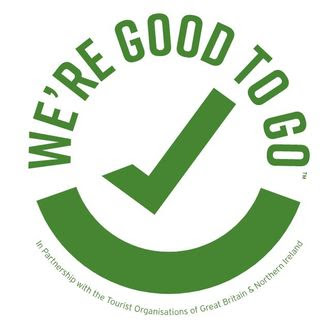Neolithic Scotland – the Orkney Islands
Neolithic Scotland – the Orkney Islands
Much is made about the scenery, the castles and the food of Scotland but Scotland also boasts some of the most amazing Pictish stones and Neolithic remains from the annals of history. Strange designs and symbols adorn these relics which no-one has yet managed to decipher….perhaps you can!
Below are just a few you can visit on your Scotland tour or we can create a bespoke tour for you to visit as many as you would like.
First stop is the Orkney Islands……
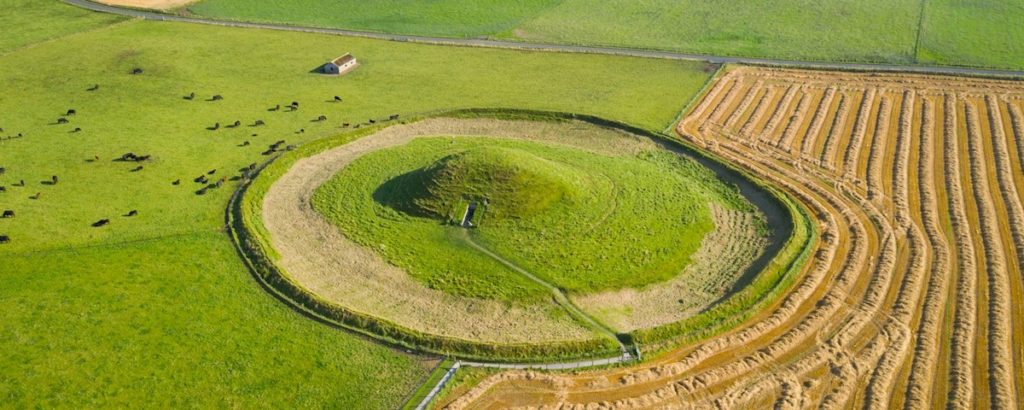
Be amazed by one of Europe’s finest chambered tombs, built some 5,000 years ago. Incredibly, the entrance passage to Maeshowe is aligned with the setting of the midwinter sun, so that the light illuminates the tomb’s interior.
Norse crusaders broke into Maeshowe in the mid-1100s, long after it had fallen from use. They too left their mark on the site: this time as graffiti carved in runes all over the main chamber’s walls.

Step back in time over 5000 years at what may be the earliest henge monument in the British Isles. The enormous Stones of Stenness are all that remains of a great stone circle on an ancient ceremonial site.
The Stones of Stenness today consist of four upright stones up to 6 metres in height in a circle that originally held 12 stones. The focus of the interior was a large hearth. The stones were encircled by a large ditch and bank, the form of which has been lost over time by ploughing.
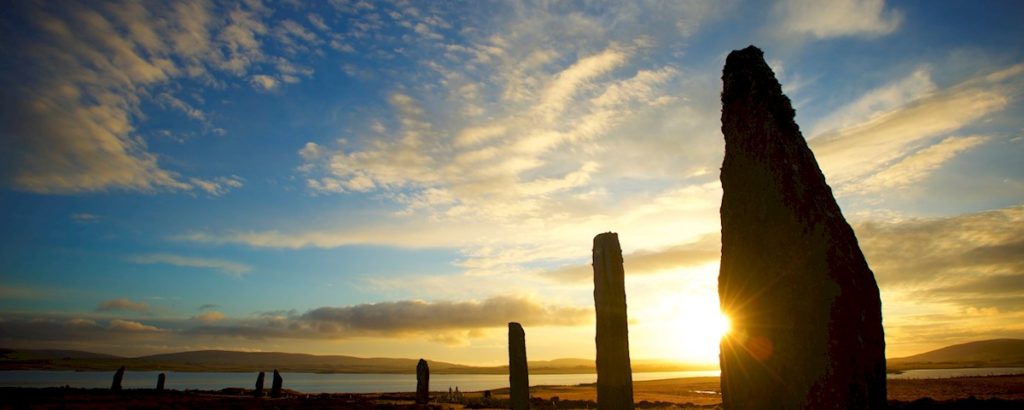
Walk among the enigmatic stones of one of the most spectacular prehistoric monuments in the British Isles. The Ring of Brodgar Stone Circle and Henge is an enormous ceremonial site dating back to the 3rd millennium BC.
The Ring of Brodgar comprises of –
A massive stone circle, originally consisting of 60 stones – 36 survive today.
At least 13 prehistoric burial mounds.
A large rock-cut ditch surrounding the stone circle.
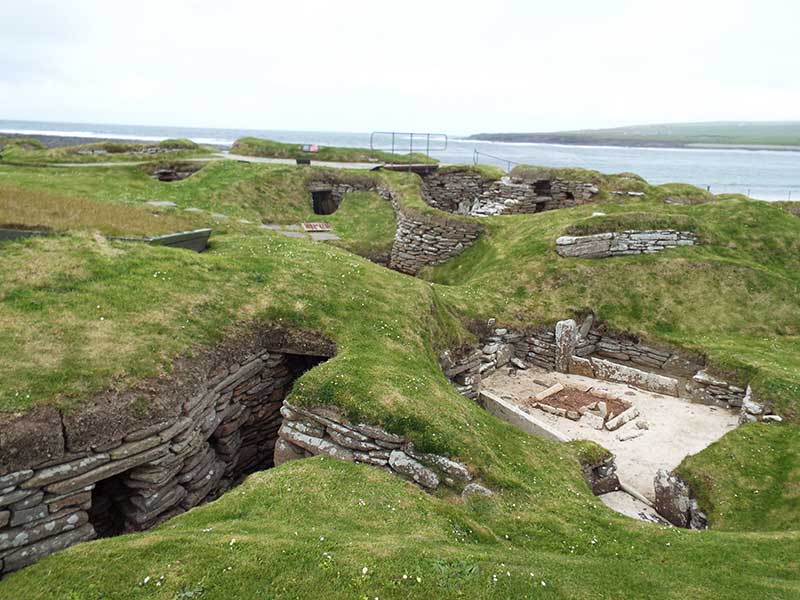
Long before Stonehenge or even the Egyptian pyramids were built, Skara Brae was a thriving village. Step back 5,000 years in time to explore the best-preserved Neolithic settlement in Western Europe.
First uncovered by a storm in 1850, Skara Brae remains a place of discovery today. Visit a replica Neolithic house to see how its full interior might have looked. Then follow the path that overlooks the ancient buildings, imagining what life was like for the farmers, hunters and fishermen who lived here. The prehistoric houses still contain stone ‘dressers’ and box-beds.
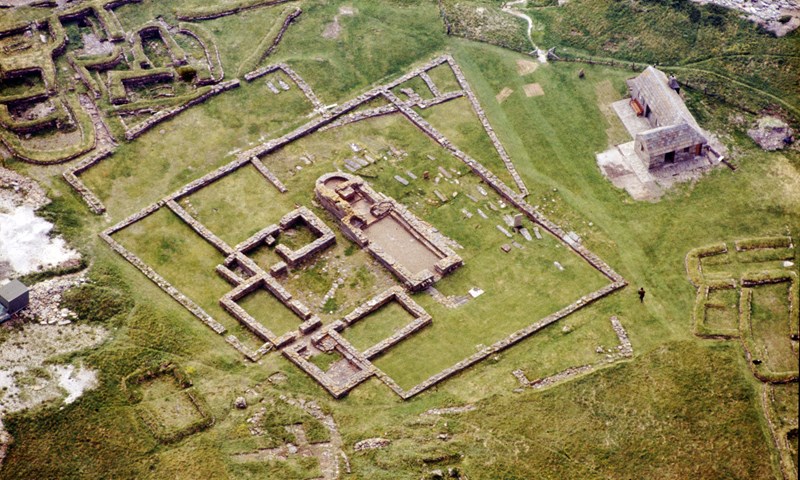
This very special tidal island is reached by a causeway. On the island you will explore Pictish, Norse and medieval remains. Brooches, rings and dress pins found on the Brough of Birsay would suggest that it was a Pictish power centre.
The Norse settled the island 200 years later, in the 9th century, but may have lived peacefully alongside the Picts. It’s still possible to make out the remnants of Norse houses, barns and even a sauna.
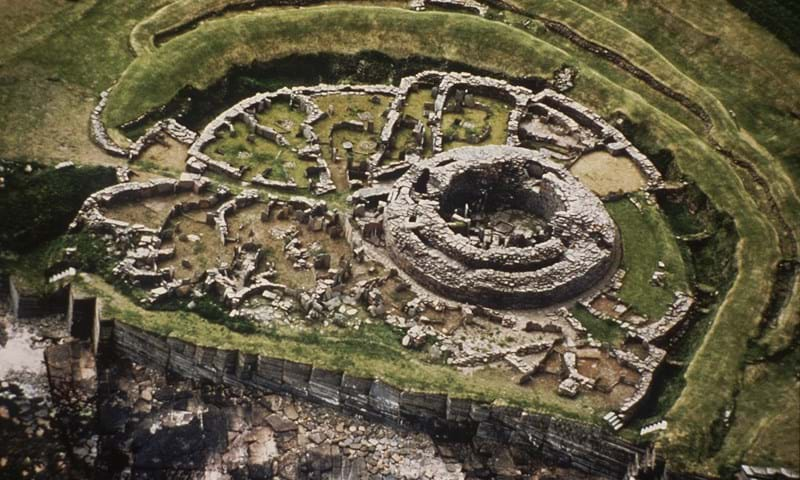
Explore an icon of Orkney’s rich archaeological heritage. This impressive Iron Age complex is one of the most outstanding examples of a later prehistoric settlement to survive in Scotland.
Marvel at the completeness of Scotland’s best-preserved broch village.
View Iron Age artifacts on display in the visitor centre on site.
These are just a few of the many interesting historical sites on the island.
You can visit these sites on our Orkney and the North Coast 500 Tour.
There are many more sites on the island. We can arrange a personal tour for you to visit them. We can also visit the Shetland Islands where there is a multitude of Neolithic and Norse sites waiting to be discovered.






